ALL Gloves
| 25 July 2023
With safety trainers, having to sacrifice style for the sake of safety is no longer a requirement.
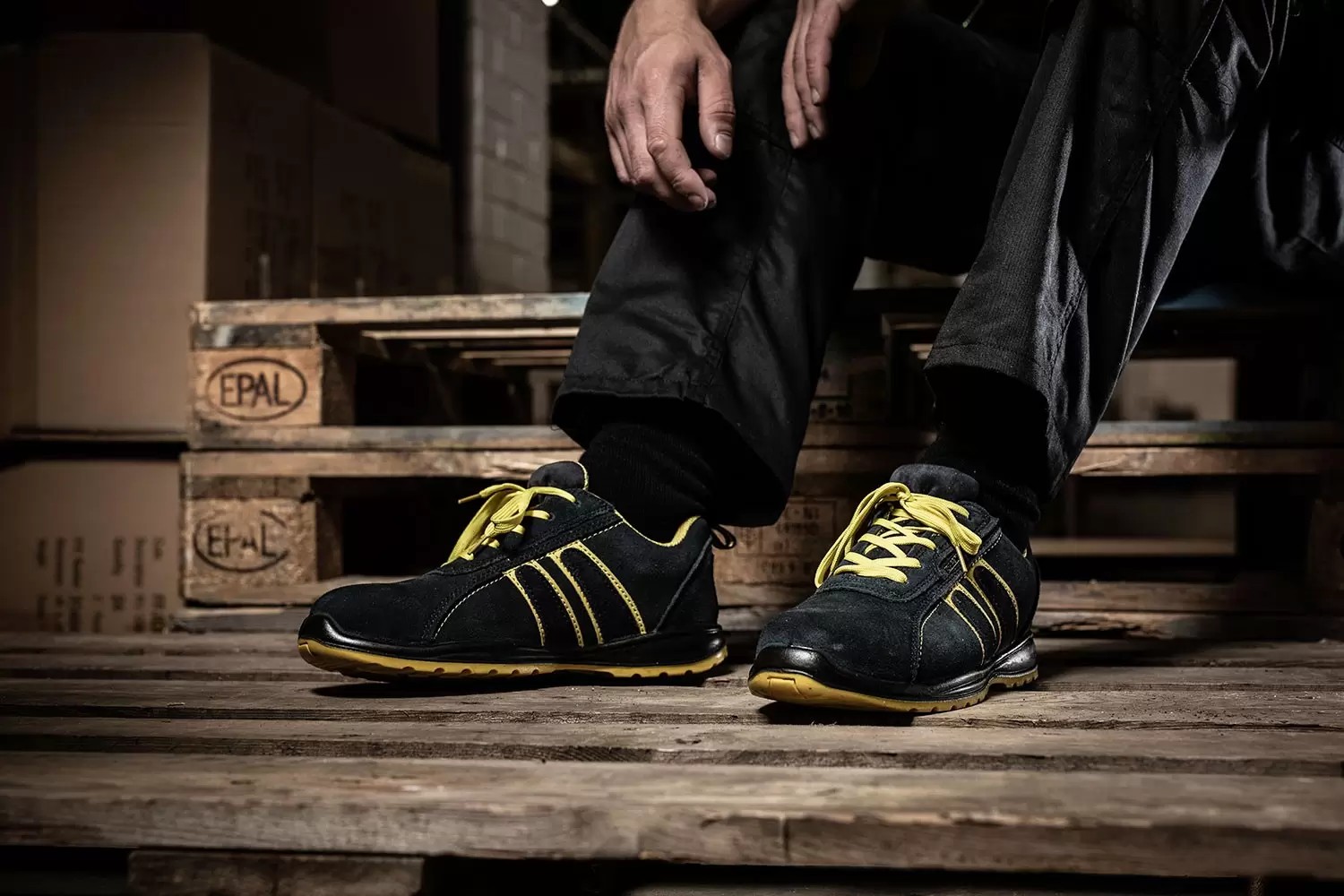
For anyone working in the kind of profession where being constantly on your feet is a daily requirement, it’s a given that a sturdy and comfortable form of footwear is a necessity. It’s equally true for those who require that added level of foot protection on the job.
For years, the parameters of what safety shoes could offer outside the main goal of providing protection were fairly rigid. They were simply a functional and formal bit of footwear worn during the working day, only to be immediately discarded as soon as the wearer stepped through the door upon arriving home.
But as working conditions and requirements have evolved, so have the tastes and lifestyles of those who wear safety footwear. Many now desire the kind of footwear which looks easy on the eye as well as providing the requisite protection in the workplace.
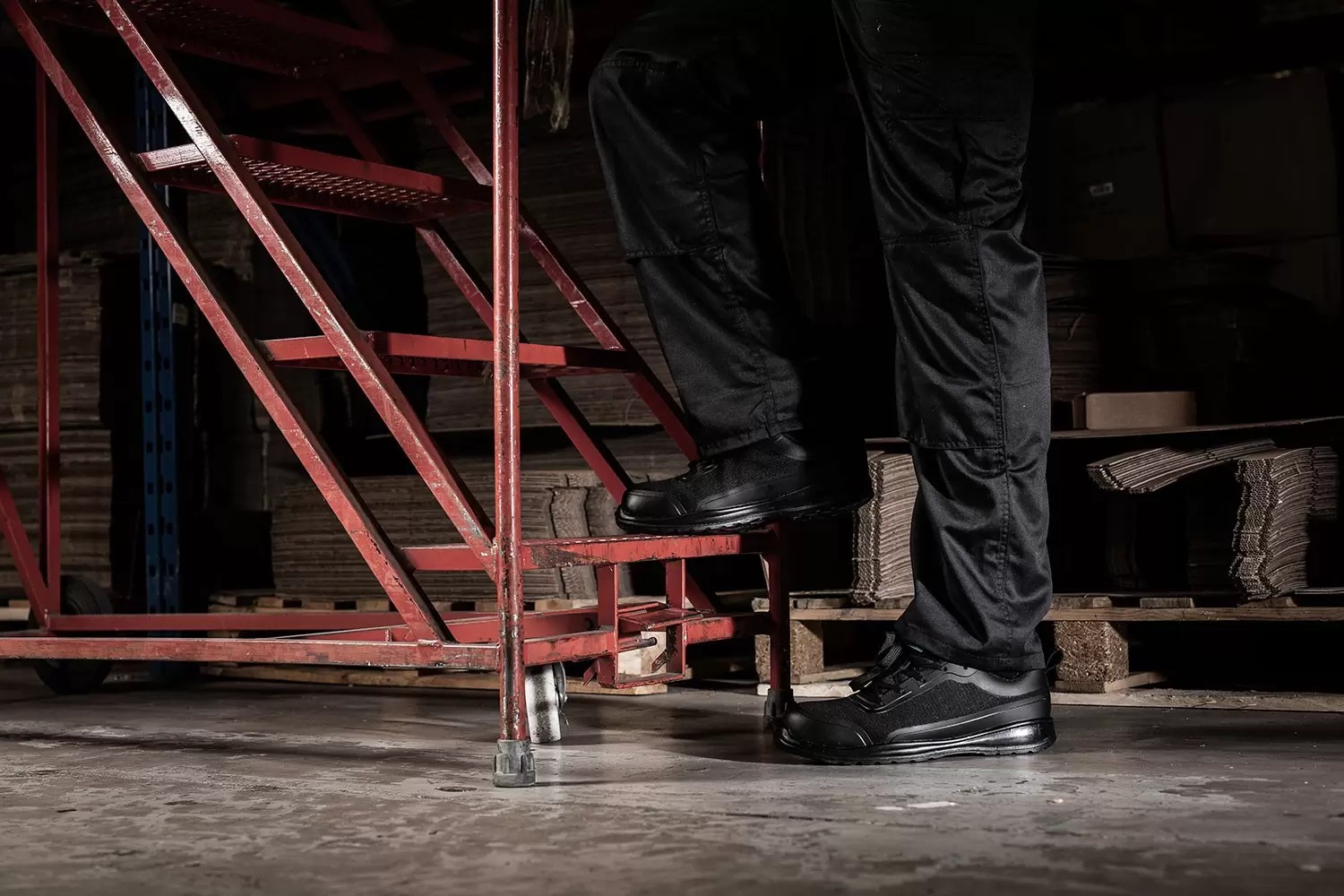
This has encouraged designers and manufacturers to lean towards the more aesthetically pleasing end of the safety footwear market – namely the introduction of safety trainers.
Fortunately, the developments in creating more pliable and less cumbersome material - which still falls in line with safety standards - have meant wearers don’t have to sacrifice style for the sake of safety. The two can go hand in hand (or should that be sole insole?) together.
With that in mind, we’ve tried to address below the type of questions those making that switch from safety boots or shoes to safety trainers may, or may not, have considered.
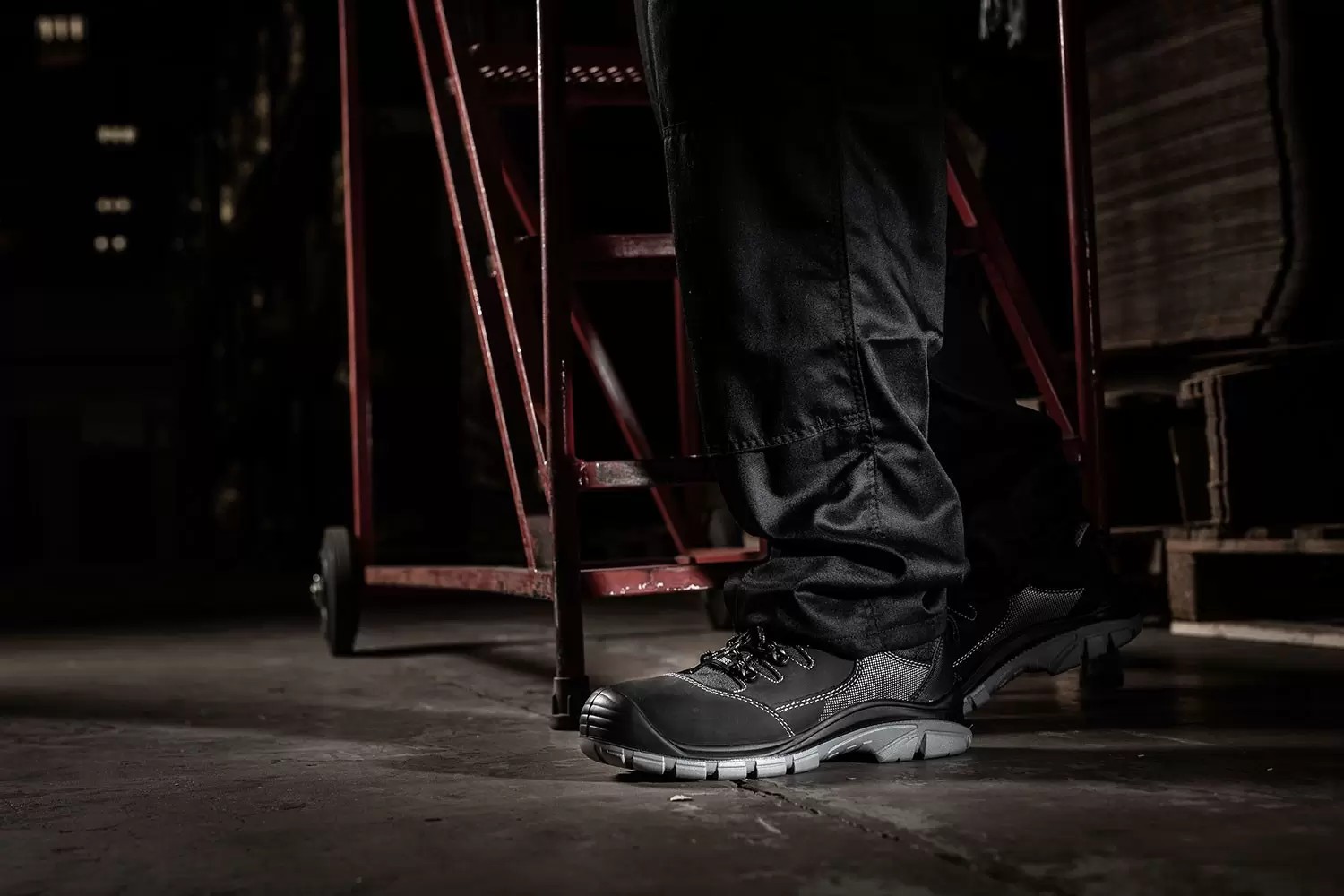
It’s fair to say that we have become more style conscious as a nation. Even within the kinds of industries that hardly scream catwalk-worthy, there is an increasing desire to look decent on the job, particularly if anyone is heading straight out to join friends or colleagues for a much-needed unwind after a grueling day’s work.
The recognition by manufacturers that wearers of safety shoes were crying out for a style upgrade has meant many safety trainers can now feasibly pass as everyday street footwear. This is very apparent with our own Newark and Wilson safety trainers.
The Newark in particular offers that appealing trainer/safety shoe crossover for those looking to replicate their casual footwear at work. It features a flyknit upper with both steel toe cap and midsole protection. Its hardwearing, dual density PU sole is shock absorbent, anti-slip, anti-static and fuel oil resistant.
The Wilson - which is also available in a hiker style - shares the same safety features as the Newark and is another popular choice for fashion-conscious consumers.
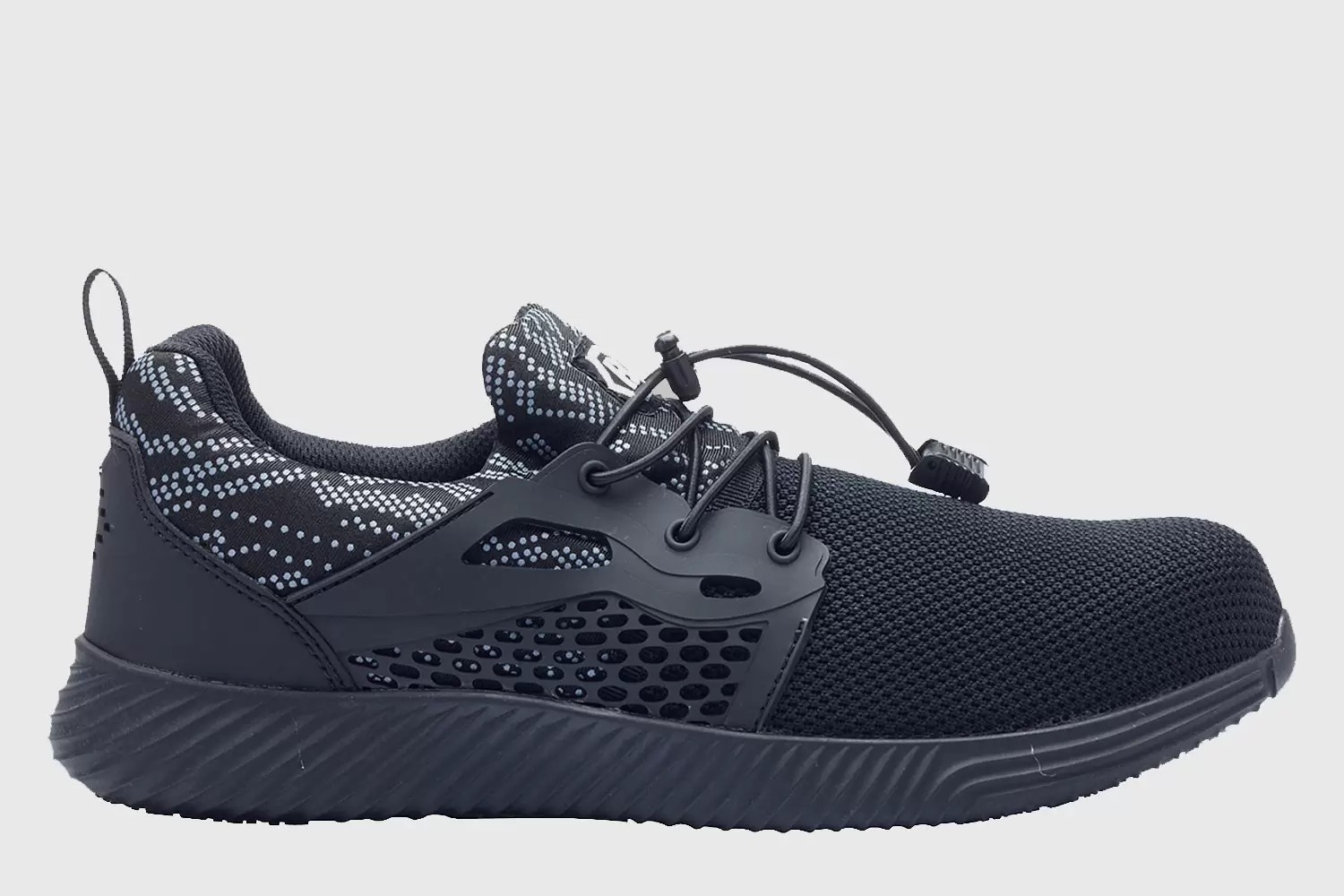
Apart from the obvious visual differences, there is now very little which distinguishes a safety shoe from a safety trainer.
All the safety features that you would associate with the likes of a more traditional safety boot, such as the chukka, have been carried through to safety trainers. All those in our safety trainer range include the key safety features such as steel toe caps and protective midsole. These elements are clearly defined on our website.
Some safety features may be less well-known amongst buyers, but are no less essential, given the working environment they’ve been crafted for. The Tactical Ensign trainer, for example, is bloodborne pathogen resistant, which is a huge boon for anyone working within emergency services.
The Ensign also comes with the addition of a HexaGrip sole. For those unaware, the HexaGrip is exclusive to the Blackrock range, with the shoe’s unique tread pattern being certified with a 4-star GRIP rating via the Health and Safety Executive’s (HSE) GRIP rating scheme for the slip resistance of footwear.
Both of these USPs mean we have a trainer which is of particular appeal to hospital staff and paramedics who are constantly on their feet, whilst also consciously trying to avoid the kind of workplace hazards specific to their roles.
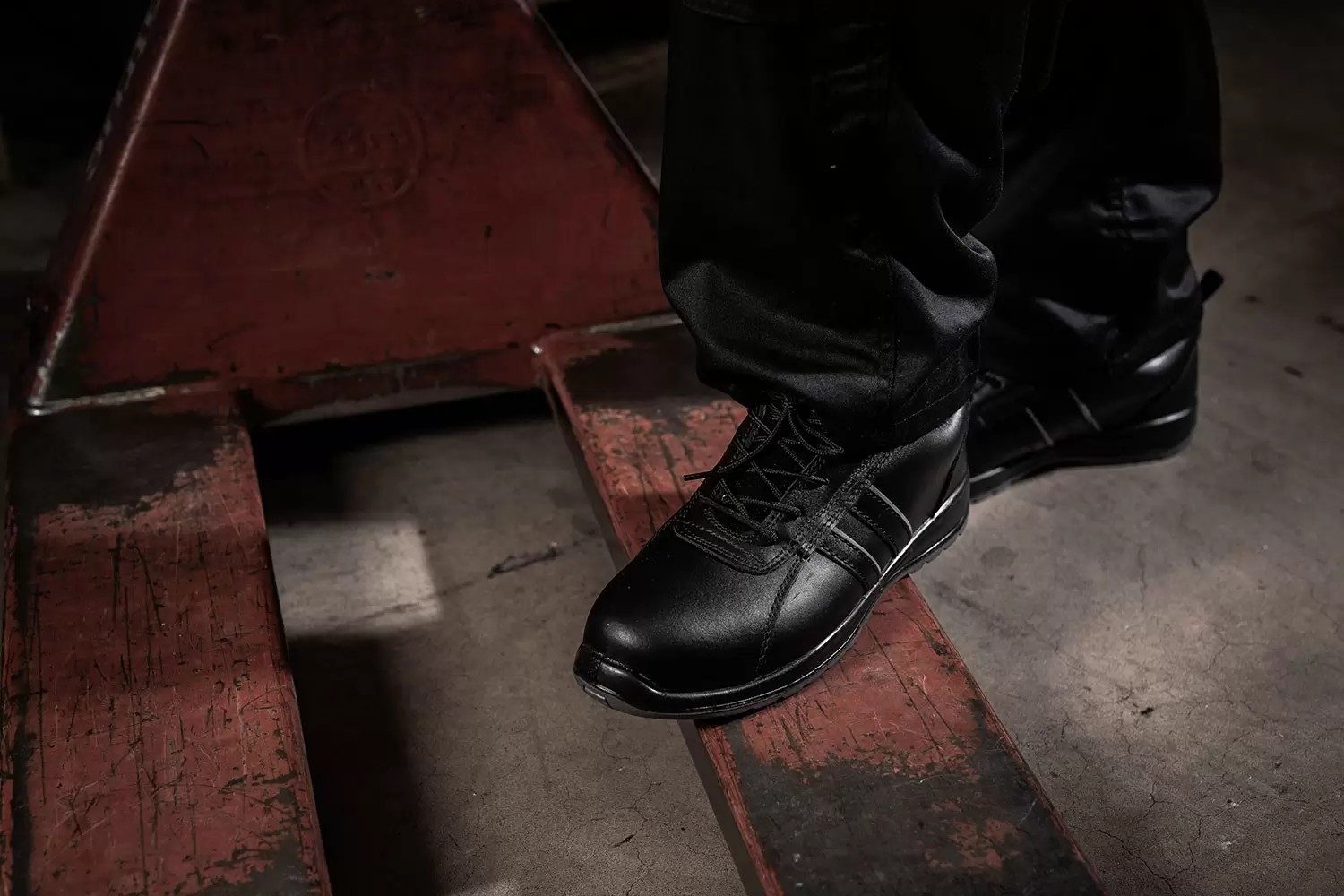
As mentioned, comfort need not be surrendered for the sake of style, but it’s still important for wearers to choose the right kind of trainer, especially those who are active day in, day out. Do your feet tend to perspire? If so, perhaps our Newark Safety Trainer, with its breathable flyknit upper, might offer the relief required. The same could be said for the Memphis Composite Trainer with its breathable mesh upper and EaziStep padded and breathable insole.
This is where a little common sense comes into play. It’s obvious that working outside in the months of winter means your trainers will take more of a pounding. If you’re intending on wearing your safety trainers outside of work to socialise – in the same way you would do with traditional trainers – it’s probably advisable avoiding a pair with the kind of fabric which has to compete with trawling through a sludgy worksite in adverse weather conditions.
It all boils down to wearing the right footwear for the job. In that sense, there are safety trainers in our range which still look the part whilst offering the kind of protection required to work across all seasons.
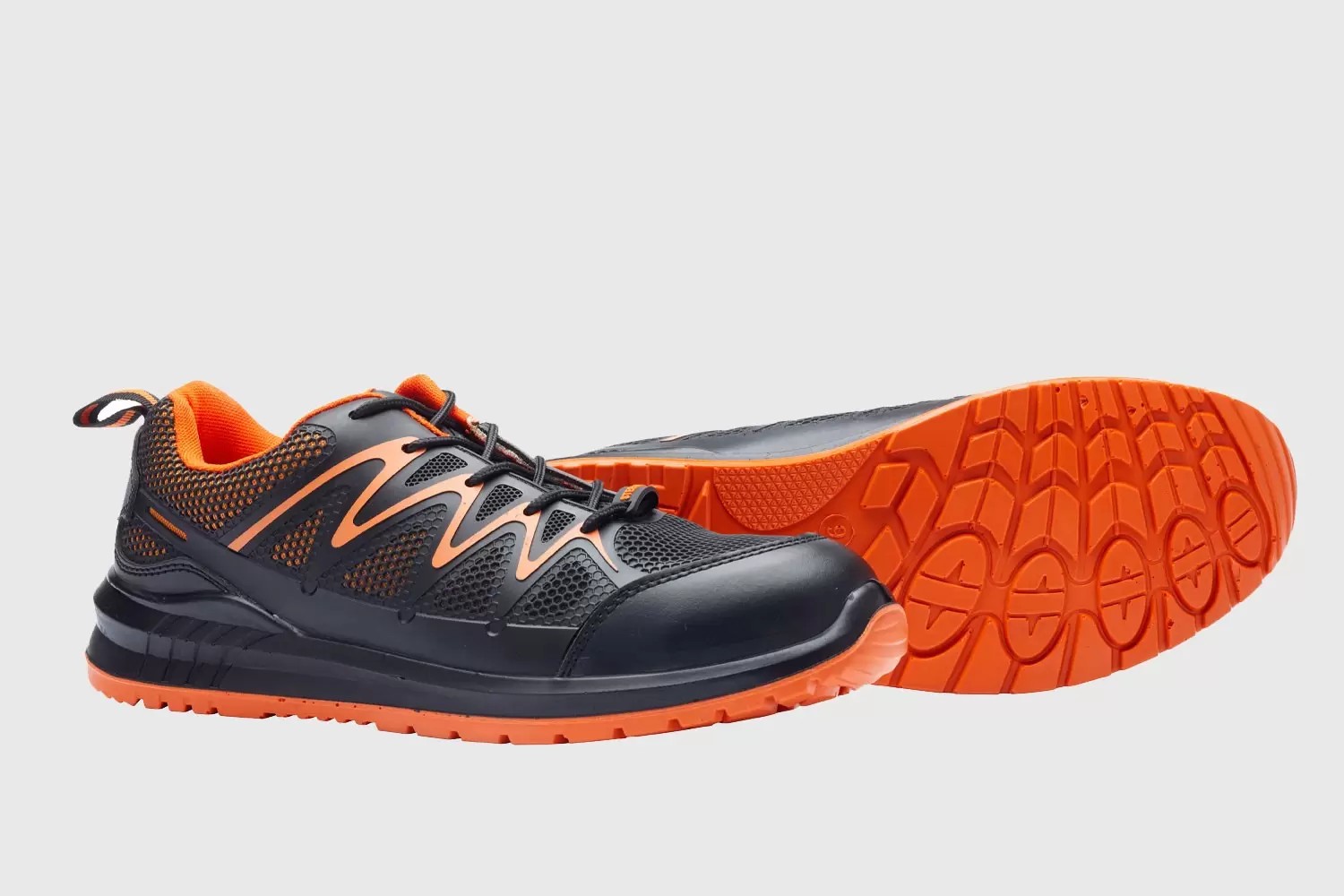
Thanks to those advancements in material and manufacturing technology, safety trainers are becoming both more accessible and meet the safety demands across many industries where foot protection is a requirement.
As mentioned, there are safety trainers suitable for emergency services and any tradesperson. But the benefits of this footwear even extend to the likes of those constantly mobile delivery drivers and couriers, who are also very much reliant on wearing shoes which won’t impinge on their ability to do the job.
As the safety footwear market continues to meet the demands of the changing workplace, the introduction of accessible footwear for those industries reliant on personal protection has obliterated the antiquated idea that the bulkiness of a shoe dictates its level of safety. The amount of choice in the PPE market has never been better, nor plentiful.
For the intended wearer, it’s now just a matter of choosing what feels (and looks) right for them.